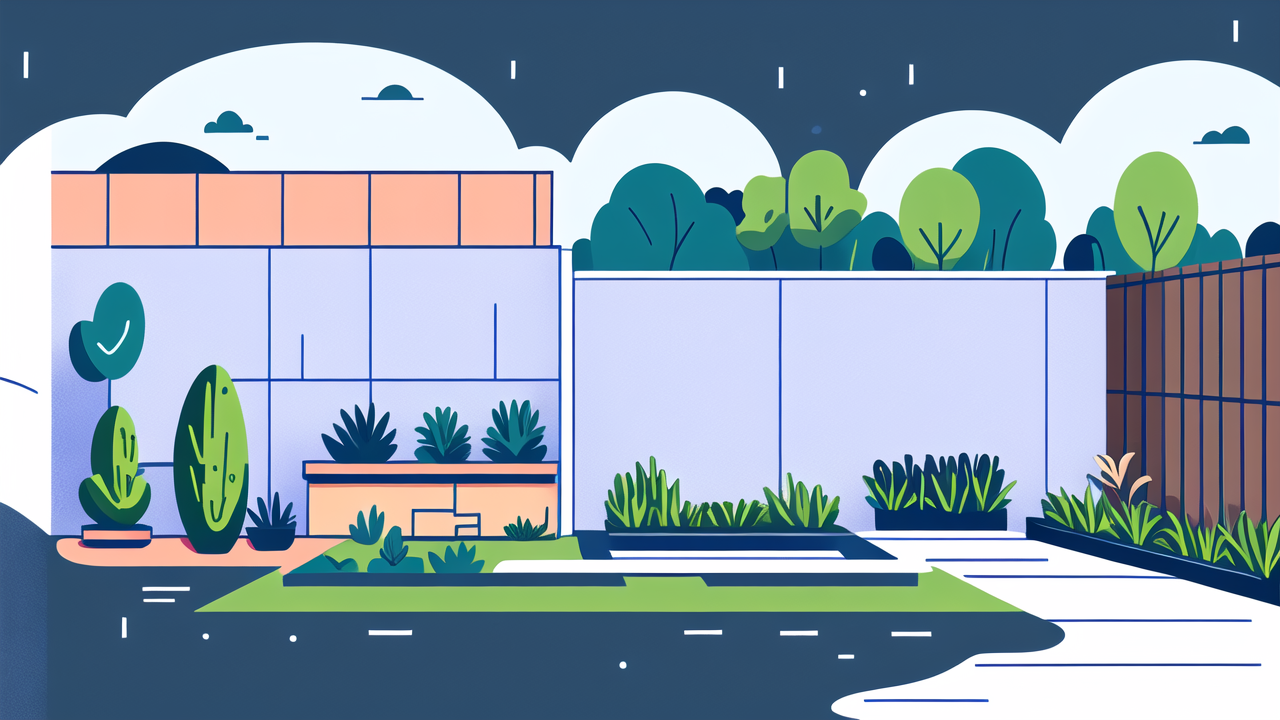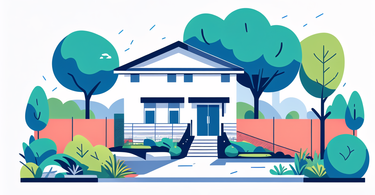Introduction to Garden Fencing
Understanding the Importance of Garden Fencing
Garden fences serve many purposes in American homes. They mark property lines and create private spaces. Fences can keep pets and children safe in the yard. They also protect gardens from wildlife. A good fence can boost your home's curb appeal and value. In some areas, fences help reduce noise from busy streets. They can also block strong winds, making outdoor spaces more comfortable. Fences come in many styles to match different homes and needs. Some are purely for looks, while others focus on security. You can use fences to divide your yard into separate areas. This helps create different zones for relaxing, gardening, or play.

Key Considerations for Selecting a Garden Fence
Choosing the right garden fence involves several factors. First, think about why you want a fence. Is it for privacy, security, or just to look nice? Your budget is important too. Consider both the initial cost and long-term upkeep. The climate in your area matters. Some materials work better in certain weather conditions. Check your local laws and HOA rules. They might limit your fence options. Look at your home's style and your neighborhood. Your fence should fit in with its surroundings. Think about how much time you can spend on fence care. Some types need more work than others. Also, consider how long you want the fence to last. These points will help you pick the best fence for your needs.
Comparing Materials: Wood, Composite, and Aluminum
Assessing the Durability and Longevity of Garden Fences
Wood fences are a classic choice but need regular care. They can last 10-20 years if well-maintained. Wood can rot, warp, or get damaged by insects. It needs staining or painting every few years. Composite fences mix wood fibers and plastic. They're more durable than wood. These fences resist rot, insects, and weather damage. They can last 20-30 years with little care. Composite fences don't need painting or staining. Aluminum fences are the toughest option. They don't rust, rot, or warp. An aluminum fence can last over 30 years. It needs very little maintenance. Aluminum works well in all climates. When choosing, think about your local weather and how much care you can give.

Evaluating the Cost-Effectiveness of Different Materials
The cost of fences varies by material. Wood often costs less upfront. This makes it popular for those on a budget. But wood needs ongoing care, which adds to its cost over time. Composite fences cost more at first. But they need less maintenance. This can save money in the long run. Aluminum fences usually have the highest initial price. However, they last a long time and need little care. This can make them cost-effective over many years. When comparing costs, look at installation, materials, and future upkeep. Think about how long each fence type will last. This gives you a better idea of the true cost over time.
The Aesthetic Appeal of Various Garden Fence Types
Each fence material has its own look. Wood fences offer a natural, warm appearance. They fit well with many home styles. You can paint or stain wood fences in different colors. This lets you match your home or change the look easily. Composite fences look like wood but offer more color choices. They keep their appearance longer than wood. They don't fade or weather as much. Aluminum fences have a modern, sleek look. They're often used to create an open feel in gardens. You can get aluminum fences in various styles. They can be powder-coated in different colors. This adds to their look and durability. Choose a fence that complements your home's style.
Implementing and Maintaining Your Garden Fence
Best Practices for Installation
Installing your fence correctly is key to making it last. For wood fences, set posts deep in the ground. Use concrete to keep them stable. Treat any cut wood ends to stop moisture damage. When putting up composite fences, follow the maker's instructions carefully. Leave room for the fence to expand and shrink with temperature changes. For aluminum fences, make sure they're level and posts are secure. You might want to hire a pro for tricky installations. Always check for pipes and wires before you dig. Use good quality materials and tools. Plan your fence layout before you start. This helps avoid problems later.

Routine Maintenance Tips for Wood, Composite, and Aluminum Fences
Different fences need different care. Wood fences need the most work. Check them often for rot, bugs, or loose boards. Clean them yearly and add new stain or sealant every 2-3 years. Composite fences are easier to care for. Wash them once a year with soap and water. This stops mold from growing. You might need to tighten screws now and then. Aluminum fences need very little care. Just spray them with a hose sometimes to clean off dirt. Check once a year to make sure all parts are tight. For all fences, trim plants growing nearby. Keep the fence line clear of leaves and trash. Fix any problems quickly to stop them from getting worse.
Troubleshooting Common Issues with Garden Fences
Even good fences can have problems over time. For wood fences, watch out for rotting posts and warped boards. Replace bad parts quickly. Fading color is common. You can fix this by adding new paint or stain. Composite fences might fade or get stains. Some brands sell products to fix the color. Clean any mold with a special cleaner. Aluminum fences rarely have big issues. Sometimes posts or gates might get loose. Just tighten the screws. For all fences, check if the ground near posts is washing away. This can make the fence wobbly. After big storms, look for any damage. Get help from a pro for big repairs or if you need to replace the fence. Checking your fence regularly helps catch problems early.
